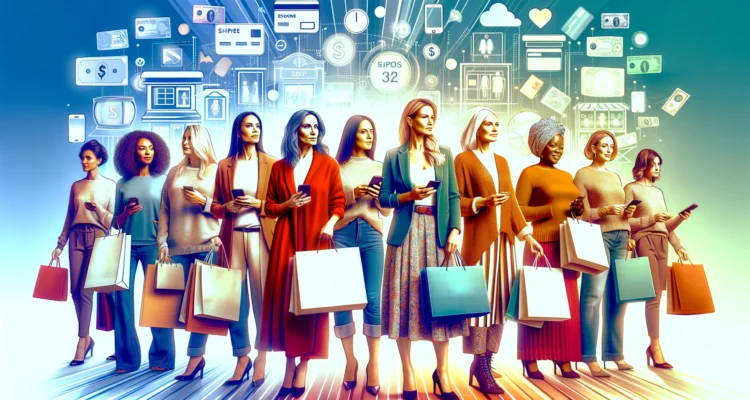Harnessing Consumer Power: How Women Can Drive Gender Equality Through Strategic Spending
In the ongoing struggle for gender equality, women have often found themselves at the forefront, battling against systemic biases and societal norms that hinder their progress. While the challenges they face are vast and multifaceted, there exists a powerful tool at their disposal—one that has the potential to reshape economies, break down barriers, and drive meaningful change: consumer spending.
The statistics speak volumes. Despite comprising over half of the U.S. population, women continue to be underrepresented in key areas of society. Only a meager 7.4% of Fortune 500 CEOs are female, and the gender pay gap persists stubbornly at 17.7%, with women earning 82 cents for every dollar earned by men. Gender discrimination, lack of political representation, healthcare disparities, and educational inequalities further compound the issue, perpetuating a cycle of economic and social marginalization.
However, amidst these challenges lies a staggering opportunity. With over 60 million married-couple households in the United States alone, women wield considerable influence over household spending decisions. Studies indicate that they are responsible for or significantly influence 70-80% of all purchasing choices, amounting to a staggering $3.525 trillion annually.
The potential for women to effect change through their consumer spending is immense. By strategically directing their dollars towards businesses that champion gender equality, support women-owned enterprises, and prioritize diversity and inclusion in their workforce, women can exert considerable pressure on industries and institutions to reform outdated practices and embrace equality.
Yet, as history has shown, realizing this potential is easier said than done. Initiatives like the LORI app—a platform designed to connect consumers with women-owned businesses—illustrate the power of collective action and solidarity. However, the app’s lack of traction among consumers and women themselves underscores a troubling reality: that women are often their own worst enemy when it comes to supporting one another.
In order to harness the full potential of consumer spending as a catalyst for change, women must overcome internalized biases, societal pressures, and cultural norms that undermine their solidarity. They must recognize the power they possess as consumers and use it purposefully to advance gender equality and empower marginalized voices.
As we look to the future, it’s imperative that women seize the opportunity to leverage their consumer power as a force for positive change. By supporting businesses that align with their values and advocating for policies that promote gender equality, women can collectively reshape the economic and social landscape, paving the way for a more equitable and inclusive world for all.



Leave a Reply